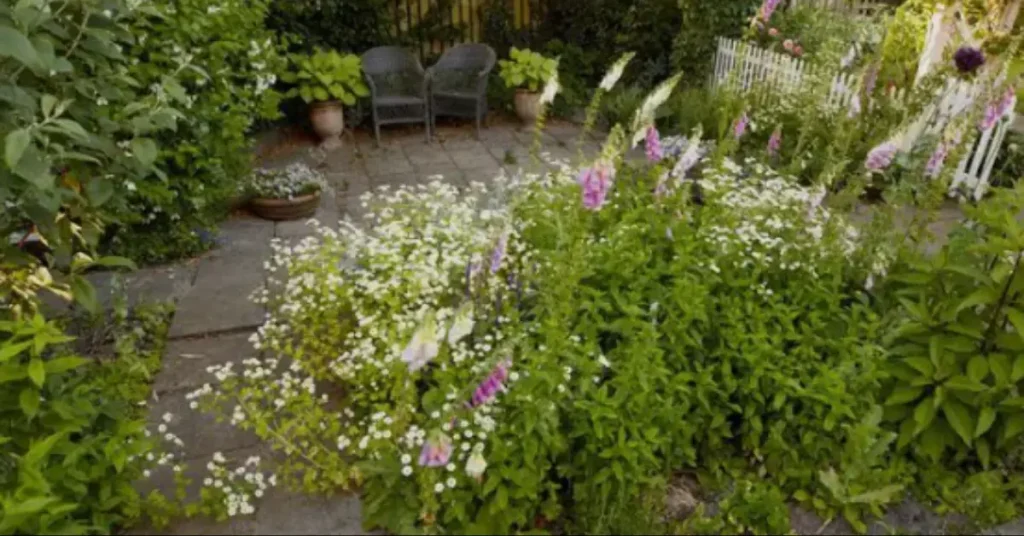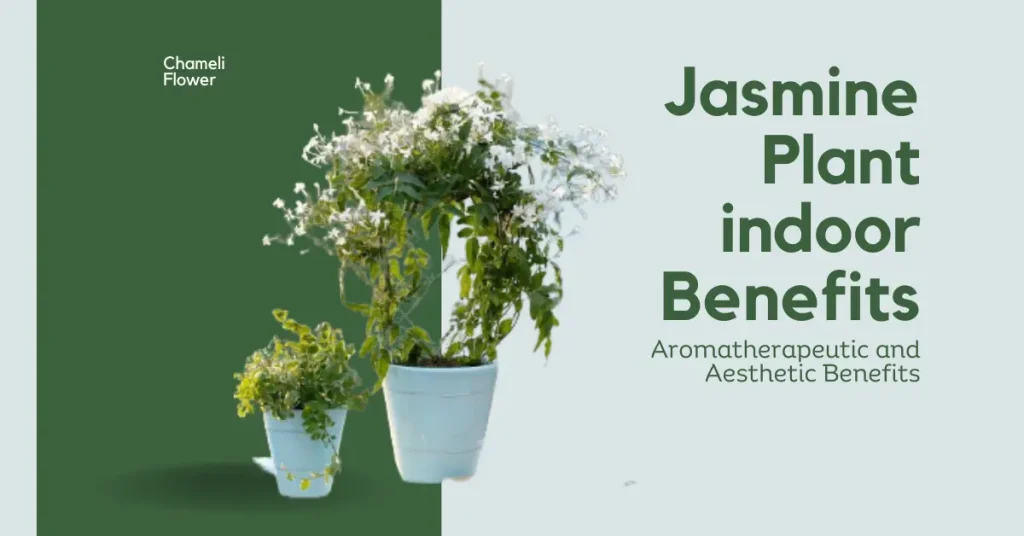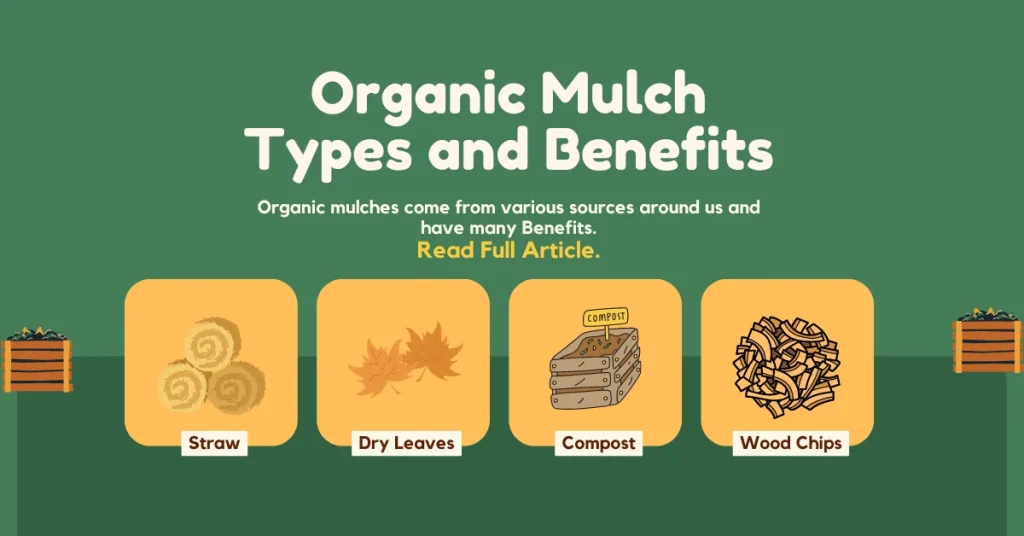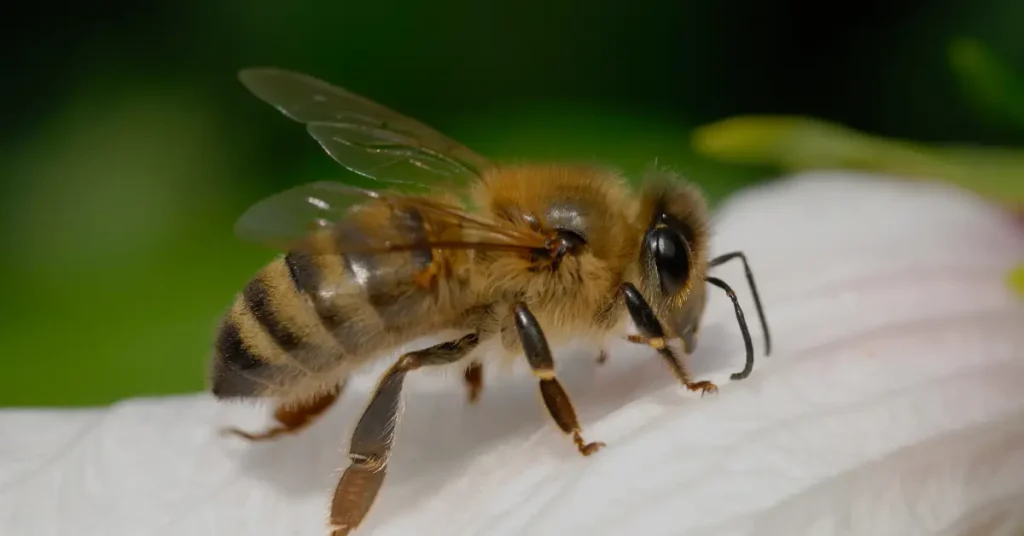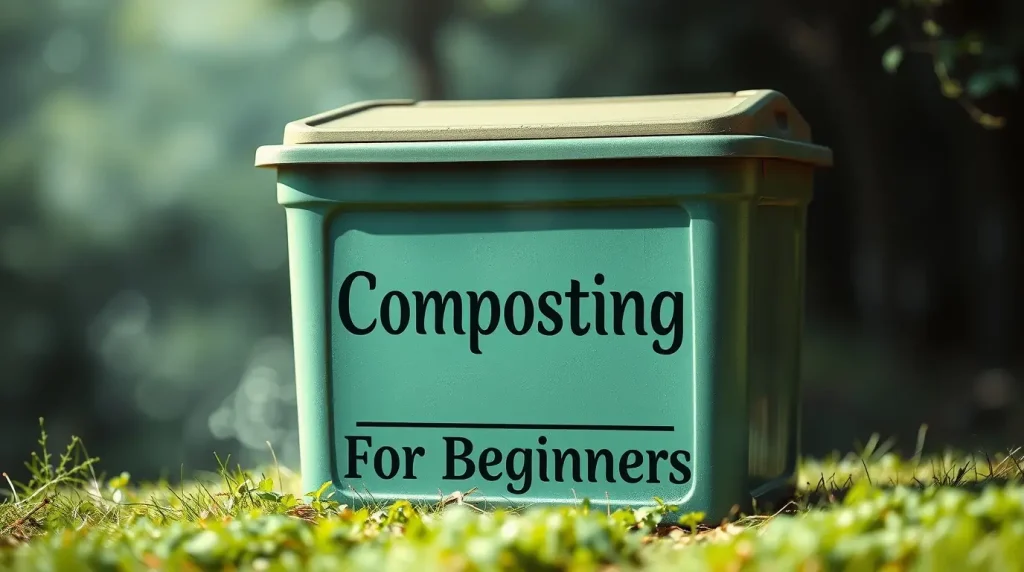How To Grow Arabian Jasmine: 5 Methods
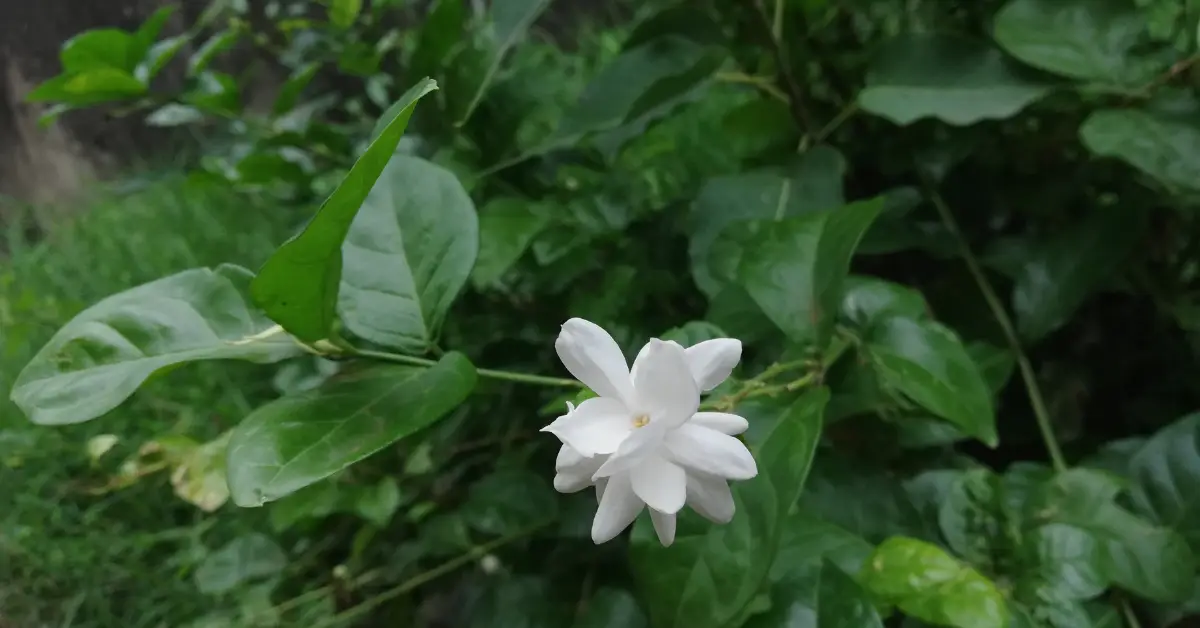
Arabian jasmine is a widely grown shrub in Asia that is valued for its aromatic blossoms and its application in leis and jasmine tea. It’s a fast-growing evergreen climber shrub. Glossy, dark green leaves contrast beautifully with the highly aromatic, white flowers that bloom throughout the summer and turn pink as they age. Native to tropical Asia, this specie is cultivated primarily in Southeast Asia and the South. It is a small shrub that grows to a height of 0.5 to 3 meters.
Generally available throughout summer, these lovely, sweet-smelling blooms continue to bloom for months at a time in warmer climates. A plethora of white blooms open at sunset on jasmine plants in early spring and throughout the summer. The intense aroma of Arabian jasmine plants makes them ideal for potted plants and borders near sidewalks and porches.
It is quite easy to maintain Arabian jasmine. The Arabian jasmine, like other tropical plants, flourishes in warm weather with ample sunshine and humidity. Arabian Jasmine is a great choice for adding a touch of elegance to your indoor or outdoor space, whether you are an experienced gardener or just starting out. Here, I’ll explain how to grow Arabian Jasmine outdoors, indoors, in pots, and from cuttings to ensure you enjoy delightful blooms.
Plant Attributes
| Common Name | Color |
| Scientific Name | Jasminum Sambac |
| Family | Oleaceae |
| Colour | White |
| Bloom Season | Spring, Summer |
| Light | Sun to Partial Shade |
| Soil | Fertile, well-drained soil, Richer |
| Water | Keep well-watered. |
How To Grow Arabian Jasmine Outdoors?
Arabian jasmine grows best outside in gardens that do not suffer from cold temperatures all year, as exposure to cold temperatures can severely harm the plants. The selection of the site is also crucial. It is recommended that gardeners should plant in well-draining beds that receive a good amount of indirect light and part of the sun. Arabian jasmine plants grow best in well-drained and richer soil with high-quality compost.
Growing Arabian jasmine outdoors requires balanced fertilization with timely application and irrigation throughout the active growing season. The need for watering is especially important in areas that may experience prolonged periods of high temperatures and drought. Even novice growers can maintain the jasmine landscape planting with little care.
Here are the steps you should follow once you’ve chosen the ideal spot for your Arabian jasmine:
- First, to enrich and improve the soil texture, amend the planting area with compost or well-decomposed organic matter. Ensure the amendments are evenly distributed by working them into 12-inch-deep soil.
- Make a hole just a little bigger than your Arabian jasmine root ball. The plant should be placed in the center of the hole, with the top of the root ball level with the soil surface around the hole.
- Make sure the soil is firm around the base of the plant before filling it with soil. The newly planted Arabian jasmine should be thoroughly watered to settle the soil.
- Multiple Arabian jasmine plants need to be spaced at least 2–3 feet apart to ensure proper air circulation, spreading and growth.
How To Grow Arabian Jasmine Indoors?
The Arabian Jasmine is characterized by its waxy texture and rosette-shaped white buds. This plant also does well in stable indoor environments because of its compact growth.
The following tips will help you grow Arabian jasmine indoors:
1. Choose the Right Location: Provide plenty of indirect sunlight (at least 4 to 6 hours a day) for your Arabian jasmine indoors by selecting a bright, sunny location. For healthy growth, south- or west-facing windows are ideal.
2. Temperature and Humidity: Warm, humid conditions are ideal for Arabian jasmine. Place water-filled pebble trays beneath pots or use humidifiers to maintain indoor temperatures between 60 and 75°F (15 and 24°C).
3. Pot and soil: Make sure the potting mix drains well so that its moisture does not become trapped in the pot. To prevent water accumulation, make sure there are drainage holes in the pot. Provide adequate root space and refresh the soil every 2-3 years by repotting Arabian jasmine.
4. Watering: When watering your indoor Arabian jasmine, ensure that the soil is evenly moist but not soggy. It is important to check the moisture level on a regular basis, especially in the dry winter months when indoor air tends to be drier. Overwatering can cause root rot, so avoid it.
5. Fertilization: During the growing season (spring and summer), a balanced liquid fertilizer diluted to half strength every four to six weeks is a good time to feed your Arabian jasmine. Fertilize less during the winter and fall when growth is slower.
You can also make organic fertilizer for arabian jasmine plants at home with household items. I am pleased to give credit to Plantology who made it easy and useful for making own fertilizers at home. Watch it below:
6. Pruning and Maintenance: Pruning Arabian jasmine after flowering helps the plant conserve energy for future growth and allows new growth to mature for the following year. Maintain the shape and promote healthy growth of your Arabian jasmine indoors by trimming it. Remove any weak or damaged stems, as well as branches that have crossed over or are misplaced.
How to Grow Arabian Jasmine in Pots?
Arabian jasmine can be grown in pots if you have limited outdoor space or live in an unfavorable climate.
Follow these steps:
- Select the pot that has good drainage holes at the bottom to prevent waterlogging and root rot. A slightly larger container than the plant’s root ball will allow the plant to grow.
- A well-draining, slightly acidic soil is ideal for Arabian jasmine. To promote healthy growth, use a potting mix enriched with organic matter such as compost or peat moss.
- Place the potted Arabian jasmine in a location where it receives bright, indirect sunlight for 4-6 hours daily. Avoid the harsh afternoon sun, especially during the summer months, as it can scorch the leaves.
Growing Arabian Jasmine from Seed
Another easy way to start Arabian jasmine is from seed. Here are the steps:
- Soak the seed for 24 hours in water to start it.
- Fill a seed-starting pot with moist soil and plant the seed.
- Keep the pot moist by covering it with a plastic bag.
- Place it in a sunny location.
- Remove the plastic once the seedlings appear. You can repot them once they reach a couple of inches in height.
Repotting Arabian Jasmine Plants
Whenever the Arabian jasmine has outgrown through its pot and is no longer able to grow, you should move the plant to a larger pot. Select a pot, one size larger than the current one that will fit the plant without taking up a lot of room and has drainage holes. It will stop moisture problems brought on by too much water. Add new loamy soil to the pot. Water the plant and place it in a bright area.
Gently tap the sides of the pot to loosen the soil and roots. Carefully slide the plant out of the pot, supporting the base of the plant with one hand while gently teasing out the roots with the other.
How To Grow Arabian Jasmine From Cuttings?
Arabian jasmine is considered a semi-hardwood. Avoid to take cuttings from hardened, older growth, as it will not be as energetic. Take cuttings from the previous season’s growth to get the best results. The best way to propagate Arabian jasmine is by cuttings. To do so, follow these steps:
- Prepare a healthy stem by cutting it about 6 inches long with garden snips. Make a cut right under a leaf.
- Verify that the lower portion of the cutting is free of any leaves.
- Use rooting hormone to dip the cut end.
- Dig a hole in a moist place using a stick.
- Gently insert the cutting into the hole. It is best not to force it into the ground because doing so may cause the cutting to become damaged.
- Make sure the cutting is covered with a plastic bag in order to retain moisture. The bag should be lifted about every ten days to allow for airflow. It usually takes around six weeks for roots to form.
- Remove the bag from the plant as soon as new growth begins, and place it somewhere with bright indirect light. Once it’s established, move it to a sunny location.
Final Words
A versatile and enchanting plant, Arabian jasmine enhances any indoor or outdoor space with its beautiful fragrance. Arabian jasmine is highly valued for its ornamental uses and fragrance. A shrub plant, it is evergreen and can grow rapidly. Following the appropriate growing methods will help your Arabian jasmine thrive and reward you with its stunning blooms, whether you choose to grow it in pots, indoors, or from cuttings.
The elegance of Arabian jasmine can be enjoyed throughout the year with proper care and attention.

I am Yasir Riaz, an Agronomist for more than a decade. Helping local farmers and Gardeners to improve their crops and Gardens and overall productivity. In addition to my work in agriculture, I have also delved into the digital world as an SEO writer and blogger. Through my blog, I aim to educate and inspire others about the Chameli Flower (Jasmine).

